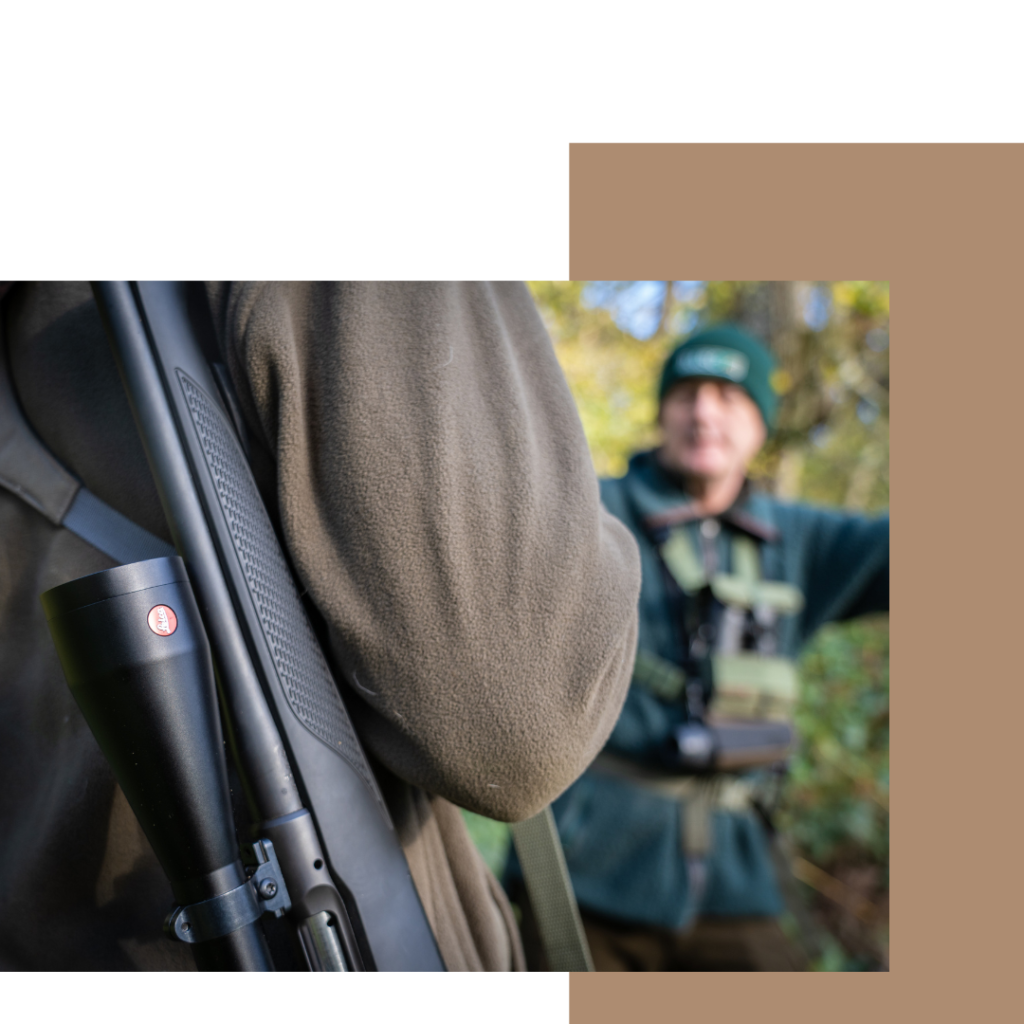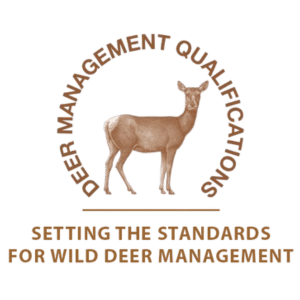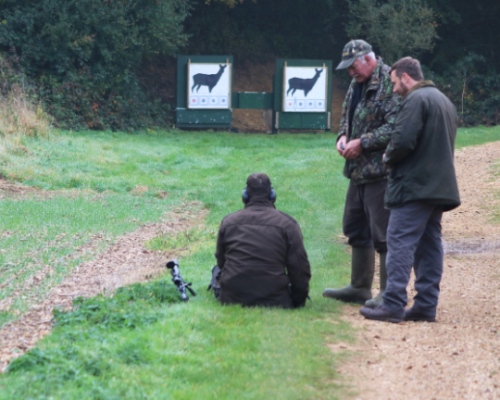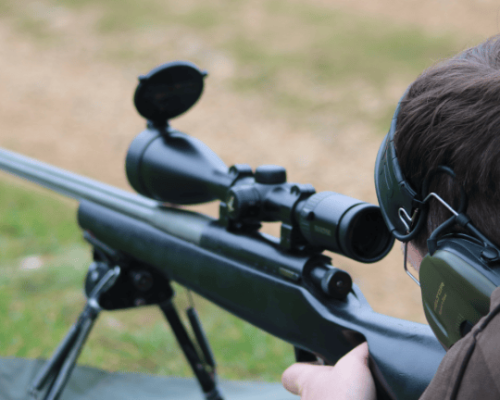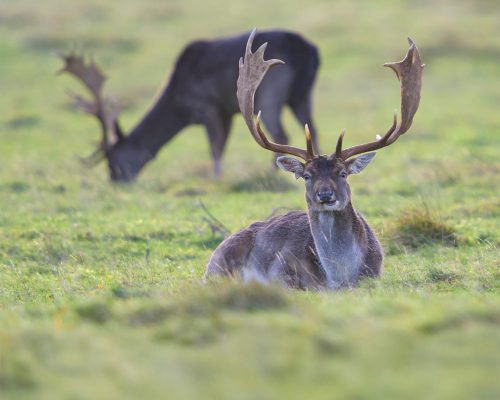Deer Night Shooting
Certificate (DNSC)
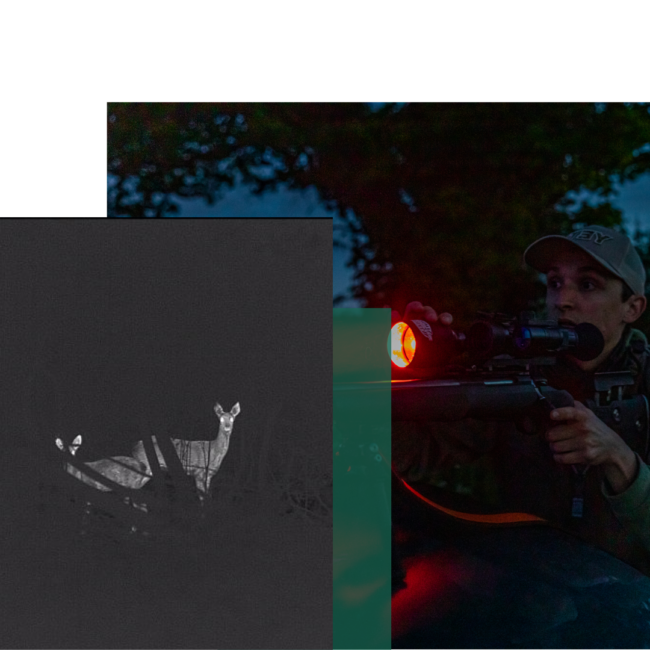
With emerging technology and the likelihood of an increase in night shooting licences, this qualification is seen as essential if we are to safeguard deer welfare and public safety. The purpose of this certificate is to demonstrate that practitioners in the field of deer management have the skills and knowledge to cull deer safely, humanely and legally at night.
The course is aimed at those deer managers operating in areas where night licenses are being more frequently issued to try to reduce and maintain local deer populations.
Due to the skillset involved in night shooting of deer, there will have to be a significant base knowledge for the target audience of this course. There will be a prerequisite for all candidates to this course to have completed the DSC1 to demonstrate a knowledge of deer behaviour and ecology, as well as to prove a basic aptitude and safety level with firearms. Given the current licensing parameters for night shooting, it is likely that many candidates attending will have also achieved their DSC2.
Learning outcomes:
There are three main learning outcomes to this certificate; by gaining the qualification the holders will be able to:
1 Identify and safely and humanely shoot deer at night
2 Understand the legal framework that covers the shooting of deer at night
3 Understand different methods and associated equipment used in night shooting
Registration
If you wish to register for DNSC, you should contact an Assessment Centre and obtain a registration form. Your chosen Assessment Centre will advise you of their fees and what you are required to do next.
Assessment Centres usually offer assessment at venues around the country with published dates of events.
Assessment
1 Written
This has 40 multiple choice questions which are taken from a bank of written questions. To pass, at least 32 questions must be answered correctly.
2 Visual
The visual is split in to two sections.
Section 1
Identification assessment this visual assessment consists of five photographic images, to be identified if it’s a deer or non-target species.
Images are to be shown only once to the candidate during the assessment without time limit. There is no time limit for the visual paper; normally 10 to 15 minutes will suffice.
The pass mark for this test is 80 per cent (4/5 marks).
Section 2
Identification assessment this visual assessment consists of ten photographic images, to be identified by species and sex.
Images are to be shown only once to the candidate during the assessment without time limit. There is no time limit for the visual paper; normally 20 to 30 minutes will suffice.
The pass mark for this test is 80 per cent (8/10 marks).
Candidates must achieve a pass in both section 1 and section 2 to achieve an overall PASS.
3 Safety assessment
Candidates are walked around a safety assessment path during which they are shown four deer targets and asked to specify whether they would shoot at them or not. Candidates are additionally asked other questions on safety and all must be answered correctly to obtain a pass. Each candidate will be assessed one-on-one by the assessor.
The candidate will be assessed on:
- Safe target ID
- Range estimation
- Firearms handling
(Conducted at night).
Safe target ID
The candidate will be expected to identify four silhouettes: three deer targets and one non-deer target, clearly stating what the silhouette is and if it would be safe to shoot or not safe to shoot.
Range estimation
During the walkthrough of safety targets the candidate will be expected to also give an estimation of range, within range (100 metres or below) or out of range (over 100 metres).
Firearms handling
During the Safety Assessment the candidate will be expected to have their rifle with them.
4 Shooting assessment
This section will allow candidates to undertake the shooting assessment with the three main methods for night shooting (thermal, night vision, lamp). They will be required to pass the shooting assessment with their choice of either thermal scope, night vision scope, lamp.
The shooting test will consist of:
- An optional 3 shots at a zeroing target at 100m
- 2 shots from 100m (prone) into a zero target
- 2 shots from 100m from a vehicle into a zero target
- 2 shots from 70m from sticks into a zero target
- 2 shots from 20m into a 2inch zero target
Achieving this would demonstrate competency across most night shooting scenarios.
Certification
After the DNS test papers are assessed, they are internally verified by the Assessment Centre. Provided there are no problems, the Assessment Centre will then advise DMQ and a DNS certificate will be issued.
You should keep your certificate safe and keep a record of the number, as this will be your DMQ number for life and will be maintained for all qualifications.
Training
DMQ does not provide or offer training. Please contact one of our assessment centres for details of their DNSC training courses.
Contact us
